Conversation V
Or, talking about science, art and programming with artist, Caspar Fairhall.
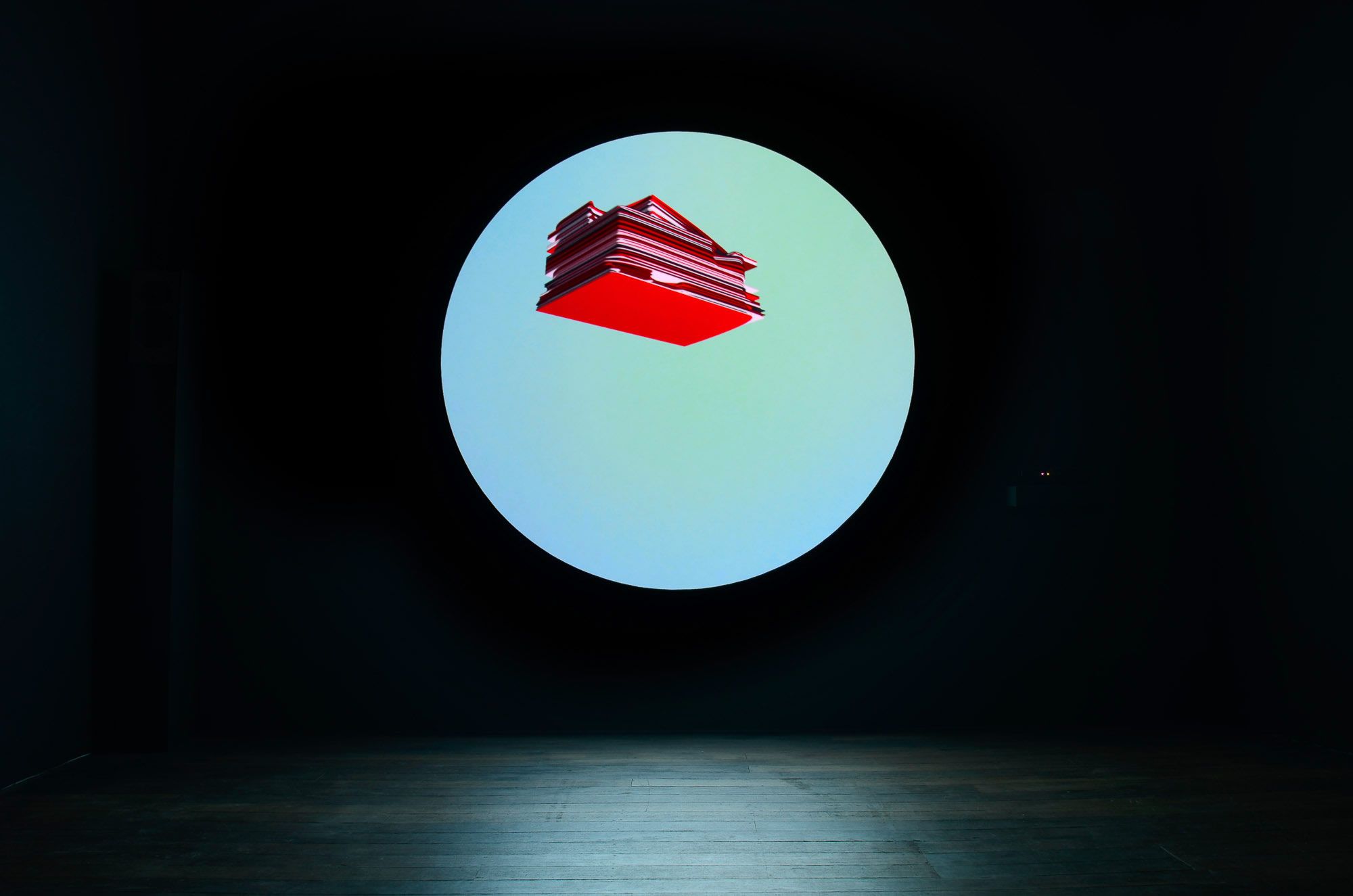
I used to work with Caspar Fairhall back in the olden days when I was a web developer. He was the web designer. I mostly remember his infinite patience as I tore my hair out, trying to get websites to work in both Internet Explorer and the Netscape browser. Yep, we’re talking that long ago!
Since that time, Caspar and I have both gone on to quite different careers, and his art practice has become the main focus of his work. The Art Gallery of Western Australia has supported his work, he’s had the opportunity to exhibit and work overseas, and he has spent time seeking creative energy from the amazing Pilbara region of WA.
Caspar’s work is both technical and beautiful. I hope you enjoy this conversation that explores his scientific and programming background and how that has influenced his work.

-----------------
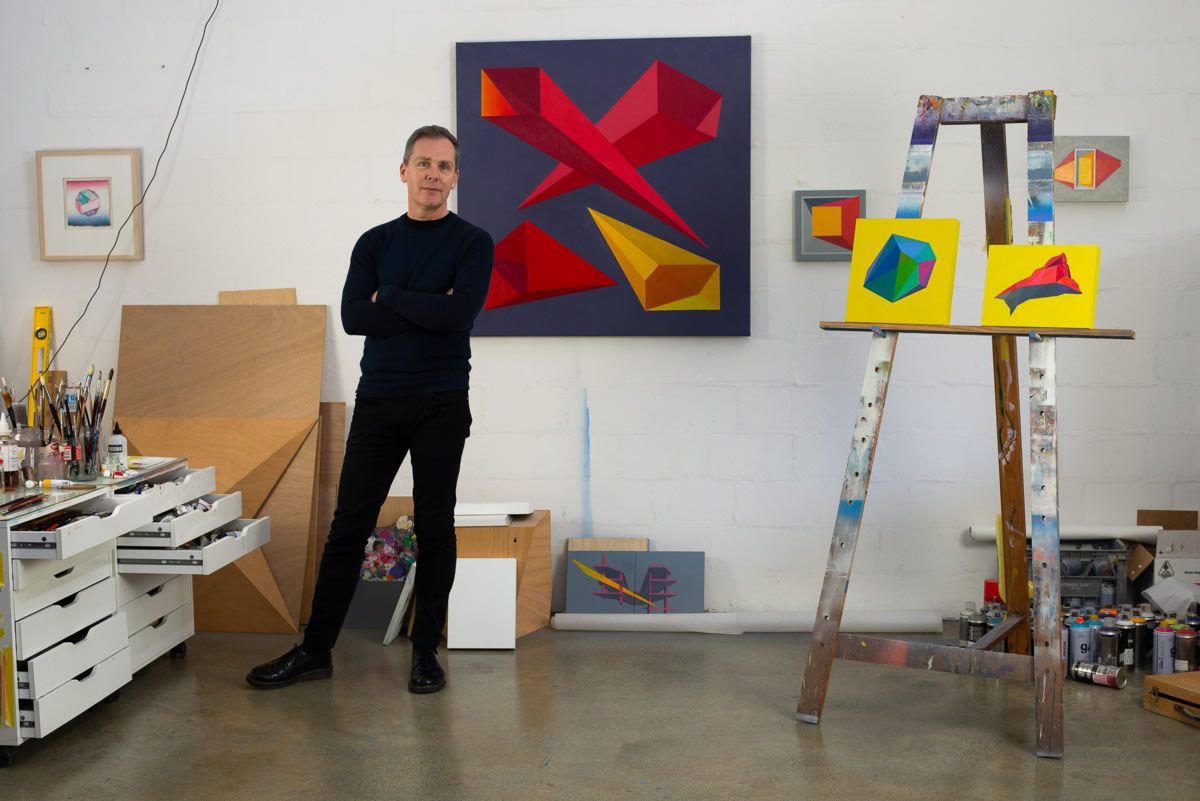
Hi Caspar – thank you for taking part in the blog, it’s lovely to reconnect with you. The web and technology have come a very long way since we worked together in the early 2000s. Can you please tell us how technology and design practice influence your work today?
Technology has always been very important to me and I had some formative early experiences that led to a lifelong love affair. When I was about nine years old my father would bring a portable terminal home, initially for his Master's research (and later for his PhD). This was in the late 1970s, so it was very primitive by today’s standards: it was about the size of a typewriter and you’d place a telephone handset into a pair of rubber cups on the top before dialling into the university’s computer. While it had a keyboard, it lacked a screen, using a thermal printer instead. The machine it dialled into was a DEC PDP 11/70 minicomputer.
My father let me use it almost as much as I wanted. There was very little that you could do with it besides programming, so that’s what I did, spending countless hours teaching myself Fortran from the manual. My goal – never really fully satisfied! – was to make drawings with code. I had partial successes, using loops to draw rectangles, triangles and a bad approximation of a circle with asterisks, dashes and full stops.
It’s interesting to me that the ingredients of my later obsessions were all there: computer networking (of a sort), programming, and a kind of computer graphics as well.
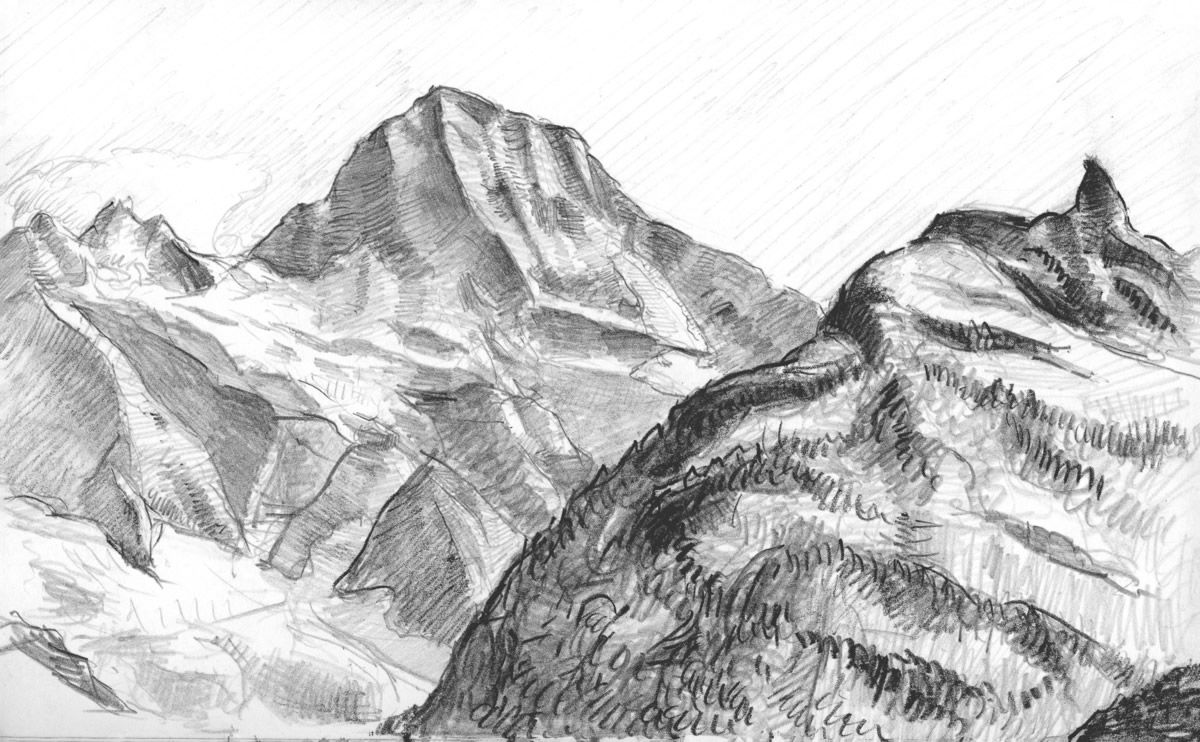
Personally, I love how you use your sketchbook as a starting place for creating and then you develop your work from there. I’m particularly thinking of the work you did in the Pilbara, taking illustrations of the landscape and the layers therein, and turning them into ‘Accretion Room’, a highly interactive piece. Can you please talk to us about your process?
I’m interested that you’ve picked up on that process. For a long time, there seemed to be this perception that my work was simply a kind of formalist geometric abstraction, and that I had moved on from figuration (which is to say, representing recognisable objects). But that was never really the case: it’s always been an effort to reconsider perception and our understanding of the world.
We know from modern physics that our naive or conventional ways of imagining fundamental aspects of the world – such as spacetime and the nature of matter – aren’t really up to the job. So there’s a tension between what we know and what we can perceive, which in turn to my mind makes the question of perception of central importance as well. Since pictures are paradoxes (we know that they are flat while being unable to resist pictorial illusion), my starting point has long been the relationship between pictorial space and time, and real space and time. Video of course is even more paradoxical since it compounds the paradox of still images with the illusion of motion.
Accretion room is fairly typical of my processes. It started with observational drawings in the Pilbara: the final visual forms are a kind of distillation of the ancient geology of the region, and banded iron formations in particular. I think anyone with any sensitivity feels the sense of unimaginable deep time there. I find that careful observational drawing opens up imaginative possibilities that I wouldn’t arrive at otherwise. There are all sorts of aspects of the world that we just pass over in day-to-day life: it’s important to take time to pay close attention. It’s a loving act, really. If we love someone, we pay close and compassionate attention to them – all the acts of love are guided by that closeness and consideration. In the same way, paying close attention to the world is a way to love the world.
The final interactive work is an attempt to bring something of that attention to my audience. Since landscapes are living things, I felt it was important to bring a human presence into the artwork, and allow the images to develop in somewhat unpredictable ways depending on how people move through the space.
On the technical front, you might be interested to know that I largely built it with web technologies: the animation is done using WebGL in a browser, running on a local node.js web server. It only took a few thousand lines of Javascript. The connection with the Kinect motion sensor was a bit more fiddly: that required a C++ application that emitted a stream of JSON with the positions of the audience members’ bodies and limbs. Happily, there was an existing Open Frameworks Kinect project that I was able to adapt to my needs.
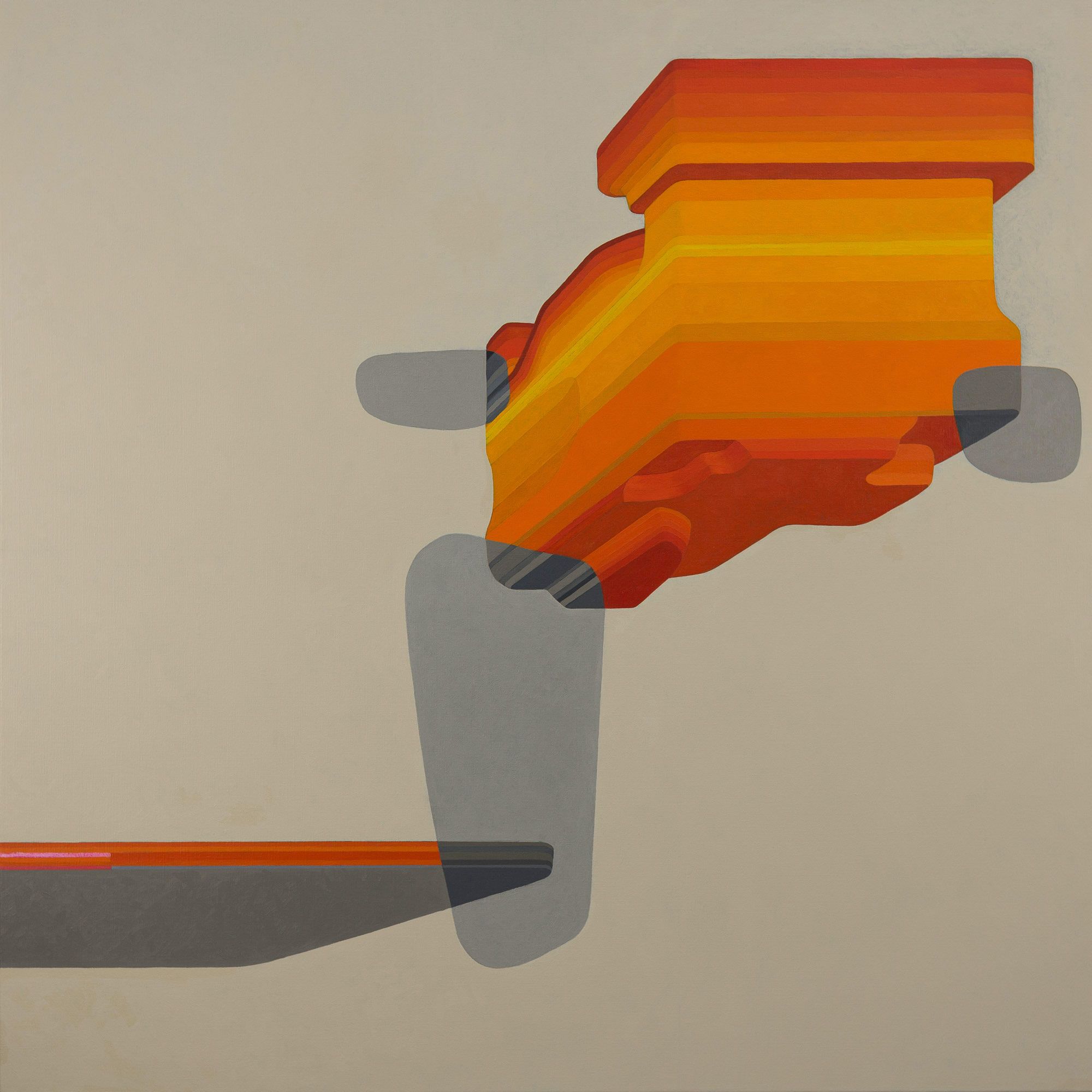
Time and space are essential themes of your work. Do you sense your understanding of the world around you changing and developing with your practice?
Definitely, though I’m not sure if it’s the work itself or thinking about spacetime. I don’t have any science qualifications beyond high school maths and physics, so it’s been interesting to go through a process of rebuilding my intuitions as an outsider to the field. I had a long and fascinating conversation with the physicist David Blair last year: he feels very strongly that it’s possible for us to develop an intuitive sense of relativistic physics. I tend to think he’s right, though moving towards that kind of intuition is not what I’m aiming at: it’s more about the tension between our intellects and our imaginations that modern physics requires. It’s a source of the sublime.
We might all eventually come to terms imaginatively with relativity – I hope we do. But if string theory, which requires at least ten spatial dimensions turns out to be correct, that would pose fundamental challenges to our imaginations.
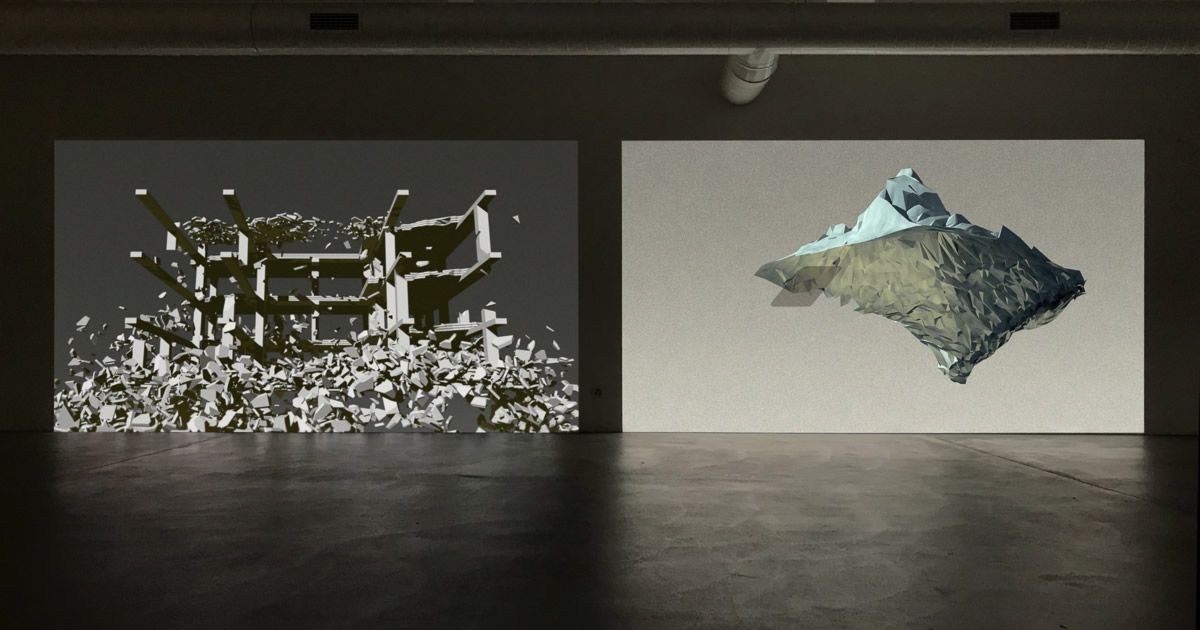
I’d love to know more about your connections overseas and the experiences that you’ve had as you’ve taken your work to wider audiences in places like China and Switzerland. How have those connections come about and what influences did you bring home with you?
Artsource, which is the peak body for visual artists in WA, ran a studio exchange program with an organisation called Atelier Mondial in Basel for about 30 years. Sadly, I was the last artist to have an exchange: the state government defunded Artsource a few years ago. I spent a bit over four months living and working in a wonderful studio in Basel.
It was an extraordinary time, which culminated in a two-channel video work that I exhibited there. Its title is Auch in ihnen flimmert Zeit, which is a line from Rilke’s In meinem wilden Herzen (In my wild heart). The title translates as even time flickers in them, meaning the mountains. One video channel showed evolving and moving mountainous forms, based on Alpine geology, while the other showed eroding and collapsing built forms.
While in Basel I met a professor from China Academy of Art, named Fan Li, who was also doing a residency at Atelier Mondial. Professor Fan invited me to go to Hangzhou and deliver a four-week workshop for postgraduate students at the academy. That was a wonderful experience: it’s one of the top two art schools in China (the other being CAFA in Beijing). The students were terrific, with great imaginations and enormous appetites to learn.
Aside from the workshop, I’ve exhibited in Hangzhou and Shenyang and delivered a couple of conference presentations. We have such limited representation of China in the media here – not necessarily inaccurate, but certainly limited. As an Australian with some Chinese ancestry, it was refreshing to directly encounter something of China’s rich cultural and intellectual life.
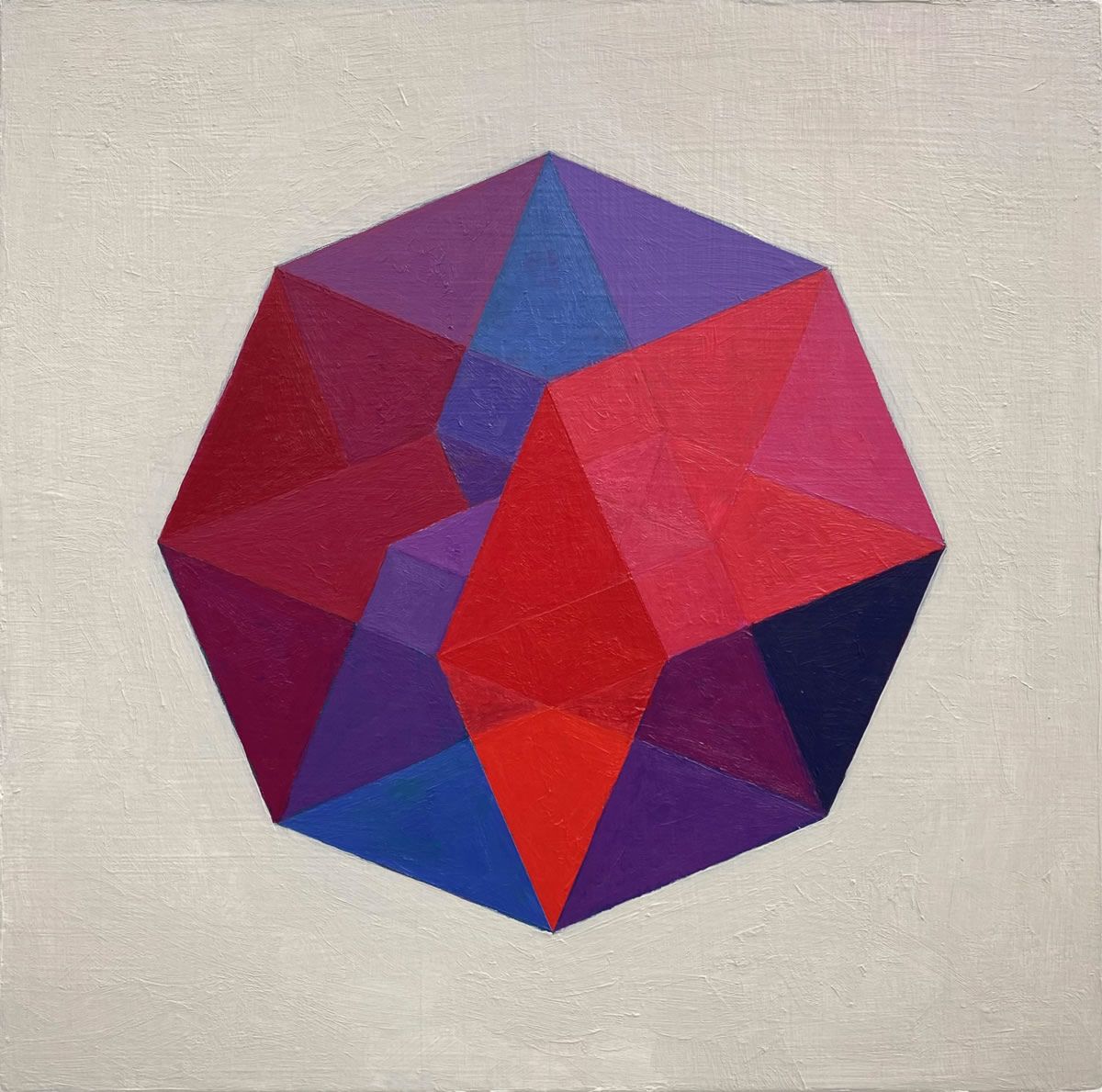
You’re a teacher too, so how do you carve out time for your creative practice? How do you commit to living a creative life?
I basically work all the time! And try not to let teaching take over completely. It’s important to note that teaching has sharpened my knowledge and thinking in important ways, so even that is grist for the mill.
I’ve found myself in a position where I put off my creative life for a long time because I was paying the bills. You’ve remained committed to your art – it seems since you were very young. Do you think it’s a calling, something you just have to do, or have you purposefully crafted this life?
Oh, that’s a great question. I would say it’s both something I have to do and something I have to build a life around. It’s incredibly hard to survive as an artist – sadly, it’s the one part of the artist myth that is accurate.
I’m interested in the term calling – doesn’t it have a religious origin? Such as when people are called to the priesthood (presumably by God). It wasn’t inevitable that I would become an artist, though: my first love was science. My second love was literature, and later it was philosophy too: I probably could have happily pursued any of those fields. (I didn’t pursue literature because, as a 17-year-old, I couldn’t write a halfway decent sonnet, which was the benchmark I’d set myself. Philosophy came too late: I was already married to art, so we have had to settle for a kind of dalliance.)
The common element is endless curiosity. The world is endlessly fascinating. Most artists are forgotten, so the likelihood is that I will be too. But it’s a good journey and that ought to be enough.
What’s next for Caspar? Where is your art currently taking you?
I’m currently working on a few private commissions and one largish public art project. Next year I’ll be having two solo exhibitions: one at Blockprojects Gallery in Melbourne, and one at Kamilė Gallery in Perth (both of whom represent me).
I also have some more installation-based works in development.
-----------------
You can find out more about Caspar and his work at www.casparfairhall.com
